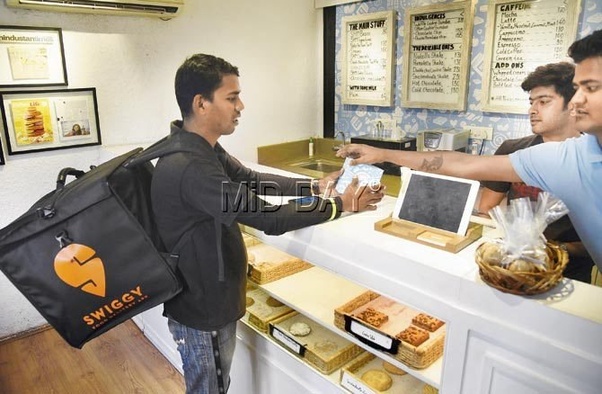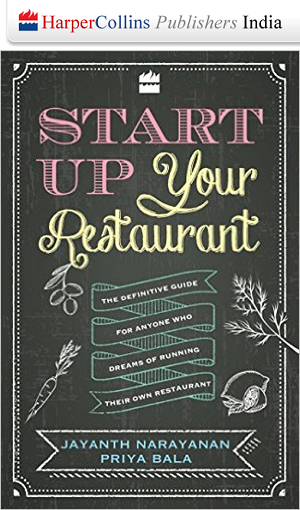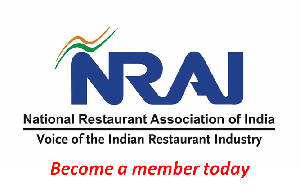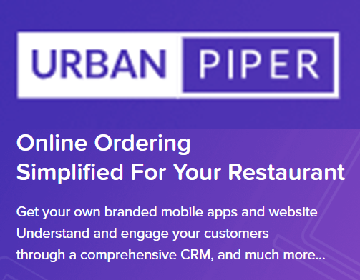
On a weekend afternoon, at an outlet of a popular restaurant chain in Bangalore, there are more Swiggy boys in their black T-shirts milling around the entrance than customers seated inside. Sign of the times? And is the delivery business going to transform restaurants as we know them?
For restaurants, there’s no ignoring the presence of the food aggregators and we’ve even been hearing about chefs talking of menu tweaks to accommodate dishes that are more delivery-friendly. Even established restaurant brands must adapt and focus on the delivery business, says seasoned chef and restaurateur Abhijit Saha of Caperberry, Fava and RockSalt. “If restaurants fail to meet the rising demand for food that is delivered to the doorstep, they may fall behind,” he says.
So, restaurants that don’t want to miss out on the business are looking at what works best in delivery format. Saha says lunch menus are more focused on all-in-a-tray options such as combo meals, biryani and pizza. Dinner deliveries could be more elaborate, with individual dishes ordered to be consumed at home.
While Bangalore’s infamous traffic jams are deterrent for people to drive to restaurants, Chef Saby Gorai of Lavaash and Mineority believes that the demographic of cities like Bangalore and Hyderabad – an IT workforce, nuclear families, little or no home cooking – creates conditions for the food delivery business to make a bigger impact here. “In Delhi and Mumbai, people seek the experience of dining out. There’s a lot of old money, cooks and khansamas at home and the desire to be seen dining out,” he says. So, the conventional restaurants have no reason to focus on deliveries. “Cloud kitchens that do delivery only – and there are some good ones such as Thai House – play a different game altogether and have made huge investments in the business,” Chef Saby says.
Even in Bangalore, the restaurant experience will not be shaken by the surge in the delivery business, points out Chef Vikas Seth of Sanchez and Sriracha. His restaurants are not listed on any of the big food delivery platforms; they are on Entrée which serves a limited radius. “We are true to our food and wouldn’t consider tweaking menus or dishes for delivery,” he says. “But we have to figure out ways of better packaging and presenting food when we do deliver. Asian food is quite delivery-friendly. But when it comes to Mexican, it’s pretty much a DIY for customers as we send all the components separately and they’ll have to assemble their tacos.” From the outside, he wonders how restaurants that do a large number of deliveries are able to offer the discounts they do.
Saha agrees the price wars that we are currently witnessing in this sector are damaging, especially to customers. “Cost-cutting is inevitably going to affect quality and it is the customer who will pay the price for that,” he says. If food delivered to you is a convenience then at some point customers will have to pay for that, like in the West where deliveries are expensive, Saha points out.










